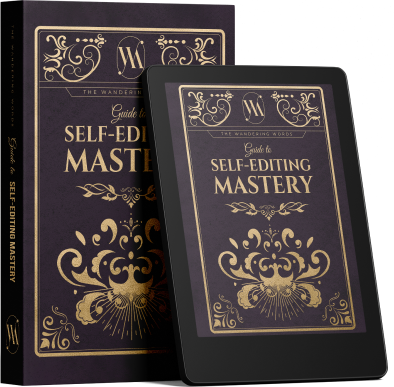Our Guide to Self-Editing Mastery has helped thousands of authors just like you:
- Pre-edit their books with ease
- Avoid the most common writing errors
- Quickly identify spelling & grammar mistakes
- Be more prepared for professional editing
Our Guide to Self-Editing Mastery has helped thousands of authors just like you:
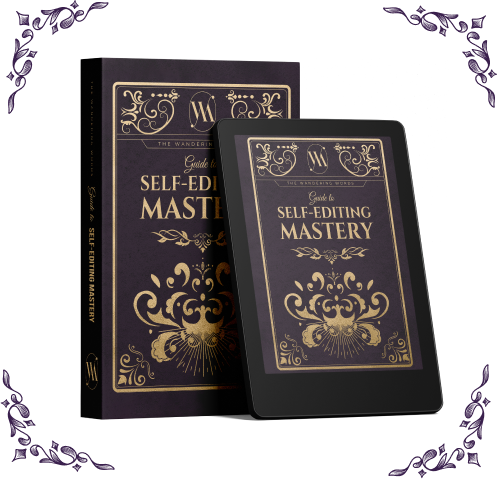
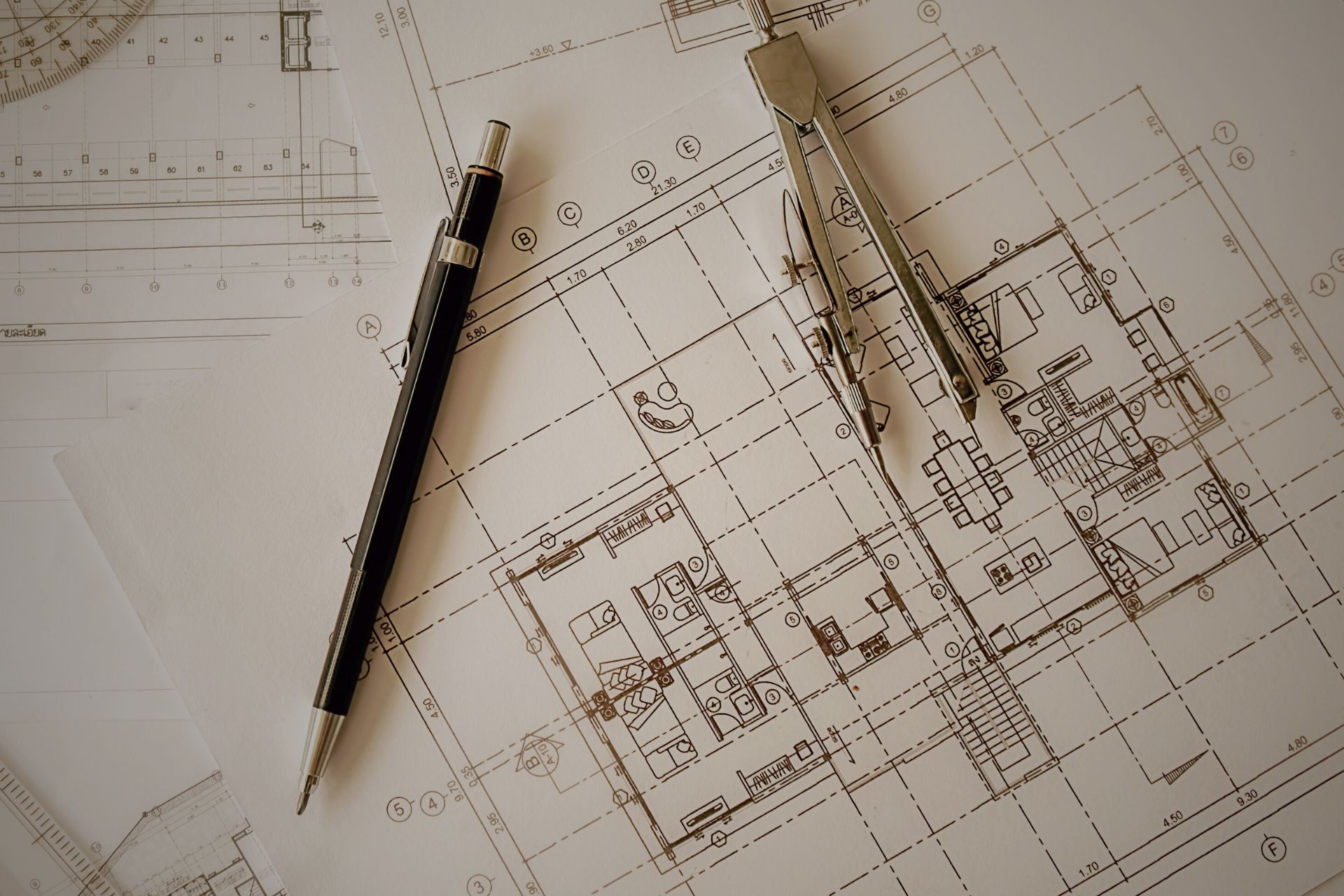
Writing a book is like building a house. This metaphor makes understanding the writing and editing process a bit easier, especially for people who are new to it!
Often, people focus a lot on the finer details of a book—character names and hair colors, grammar and spelling, etc. These things are important, but just like how you wouldn’t move in all your furniture before the plumbing and electrical work was complete, you shouldn’t jump the gun here, either. There is a tried-and-true order for you to follow when it comes to constructing your book, just like when it comes to constructing a house.
Let’s take a look at the process together!

As the author, this is your outlining stage. This is where you’re planning things out, before you ever break ground. You’re deciding the location of where you want to build (choosing your genre and topic) and beginning to sketch the story you want to tell and lessons you want to teach (drawing up the design of the house).
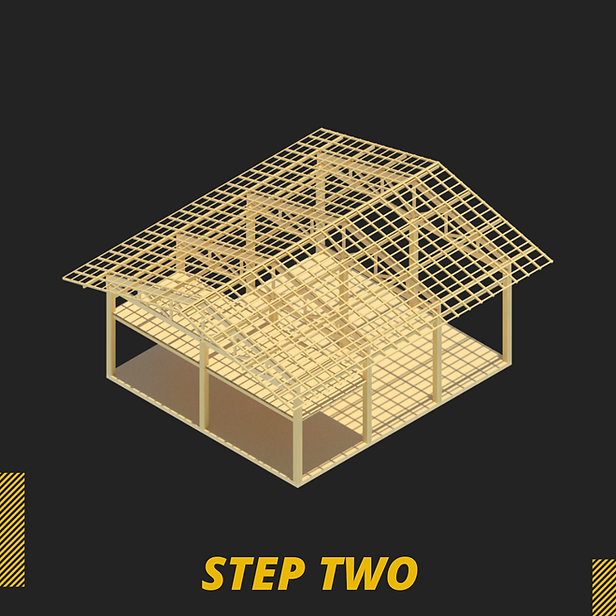
Once you have your plans in place, your next step is to start building the frame of the house. You lay the foundation, you put up wooden beams, you get the structure in place.
As the author, this is your very rough first draft.
You shouldn’t worry about the finer details yet. When you’re at this stage of building a house, you don’t need to know the color you’ll paint the walls, or where the sofa will go. When you’re at this rough-draft stage of writing a book, you don’t need to know your character’s hair color, you don’t have to worry about spelling and grammar, and you don’t need every sentence to be pretty or compelling, or even good. All that stuff will come later—for now, focus on building the frame of the house and getting it standing (getting a full first draft on paper, from beginning to end).
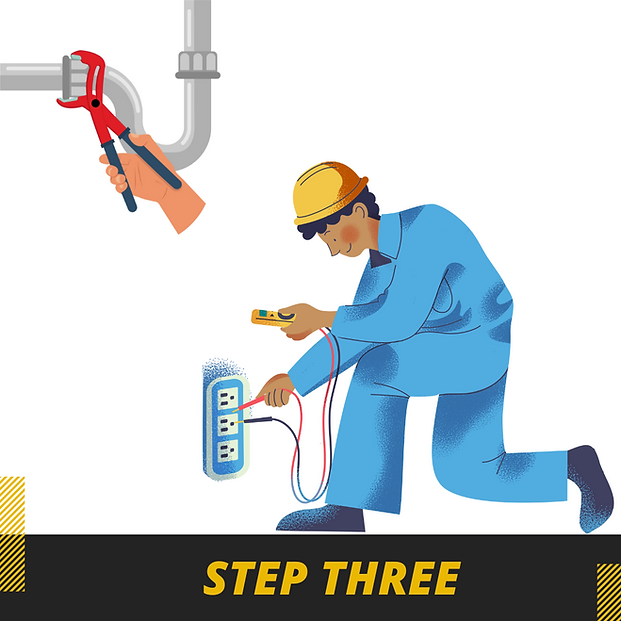
Now it’s time to get this house functioning. Plumbing and electricity bring the house to life. You technically don’t need them, but everyone wants them.
In a book, this refers to sprucing up your first draft with things you technically don’t need for the story to function at its most basic level, but you certainly want to have if you want your story to be any good. For fiction, this would be making sure the characters have an arc and grow and change. It might include adding subplots, twists, and making sure your themes are shining through.
We’re still working on a whole-house level here, so it’s still not time to worry about the tiny details. Don’t get distracted by those tempting things—buying paint and furniture is fun, but at this stage, it is a waste of time. Focus on what’s most important first.
Now, note: not everyone has central air conditioning, and your house might have more or fewer bells and whistles than another. Some books are more complex than others. That’s okay—you need some amenities, but you also may not need heated floors and multiple bathrooms. It all depends on the house you want to build and the story you want to tell.
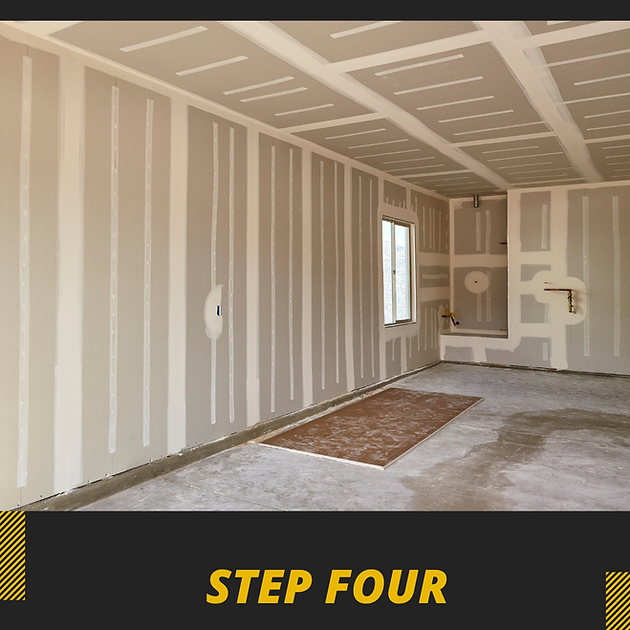
This is where the house starts really looking like a house. At this stage, we’re still not painting anything, but we might be thinking about colors and furniture as we get the drywall up and the floors installs.
When writing a book, this is where you read through the draft from the beginning all the way to the end, like a reader would. Don’t make any changes directly on this read-through, but do leave notes to yourself in the comments in the margins. These notes should be about things you’d like to change, add, or delete. After you’ve read through the book fully (don’t skip that step, or you’ll get distracted and lost in the weeds), go back again and complete all the comments you’ve left for yourself. This step takes a lot of effort, but it's extremely worth it in the end.
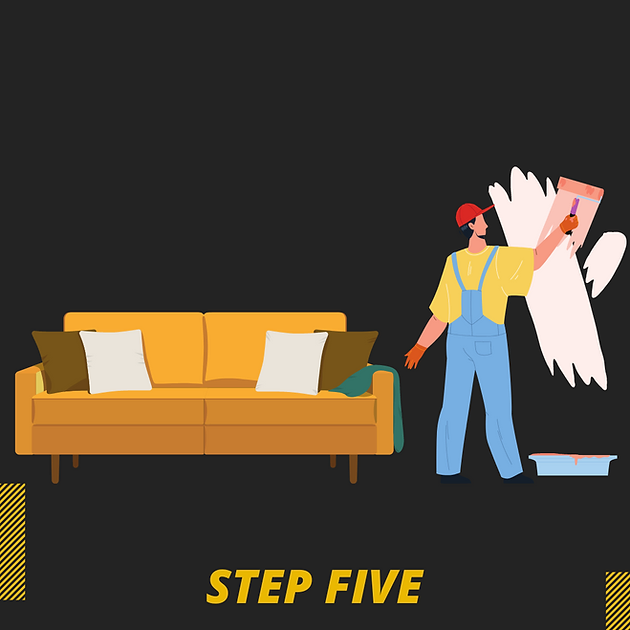
Finally, it’s time for the finer details!
Now that your larger structure is looking good and you’re happy with how your house is shaping up, this is where you can focus on your writing at a paragraph level. Here is where you’ll turn your focus toward things like descriptive details, voice, tone, character consistency, indirect repetition, poetic devices, and so on.
Here is where you should make the permanent decisions insofar as what each character looks like and what their names are. You decide to paint the living room green, and you decide to give Sarah red hair. Great—now, go through and make sure her hair is red throughout.
For this step, you’re reading the book again from beginning to end. Don’t jump around, or you’ll miss sections, forget things, and overall become quite confused. Stay organized.
 d Cleaning
d CleaningEverything is moved in, so it’s time to unpack your furniture and clean everything up from the move. In your book, it’s time to read through again and make sure everything looks how you want it to look.
And, finally, it’s time to look over your writing for spelling and grammar. This is the "cleaning" part of the process. Sure, it's best if you try to have good spelling and grammar and keep the house clean throughout the building process, but it's hard to keep 100 percent clean while a house is being built. Honestly, don't worry about the mess—just get the dang thing build and wait until Step Six to start cleaning. Same with grammar—don't worry about it for most of the process. You can clean it all up in Step Six, after you've stopped adding and deleting and moving big parts of the book around.

Final step. For the homeowner, this is a final touch-up before inviting people over for a housewarming party. For the author, this is the proofread, the last read-through before submitting the book for publication. You are checking for the final misspellings, missed inaccuracies, and little mistakes that fell through the cracks of the earlier steps.
Okay, so that’s how an author writes a book using the “building the house” metaphor…but where does the editor fit in?
Well, there are a few ways an editor might fit in, and which way an author chooses to use depends on the author’s personality, goals, and time commitment.
Some authors like to have an editor with them from Step One. In this case, the editor (or agent, book coach, private writing teacher, etc.) might help them outline their book, read and edit their first draft, and walk with the author every step of the way. This type of editing is like having a general contractor with you for the whole house-building process. While the author is the boss, the editor is helping them do a lot of the heavy lifting. The editor notices problems and offers solutions to the author on how to fix them (which the author may or may not listen to) while the book is being writing. The editor may even make changes (via Suggested Edits or Track Changes) for the author to approve or reject.
Having an editor by your side from the beginning is great for first-time authors and first-time home builders. But what if you’ve built a few houses now and understand the process a bit better? What if you want to be your own general contractor?
Experienced authors don’t bring in editors until they’ve done some or all seven steps outlined above on their own. Then, they bring in an editor. This has its own pros and cons—after all, if you’ve already done a ton of work moving in furniture but then the editor suggests knocking down and rebuilding the walls because they aren’t structurally sound, well, that’s a lot of wasted time and effort on the author’s part. The author may make that change and love it, but have to delete a bunch of work they might not have had to do had they brought in an editor sooner. Or, the author might shrug off the suggestion and decide not to do the hard work, resulting in a worse book.
Truth is, you can bring in an editor at any stage of the process, and ask them to focus on any step you want. You can write a rough draft (Step Two) and ask an editor to only check spelling and grammar (Step Six)—but just keep in mind that that would be like hiring an interior designer for a house that is just concrete and beams, or hiring a maid to clean your bathroom before the toilet is even installed. They’ll do their best, but there is so much big-picture work left to do on the book that their small-picture effect may be negligible. It doesn't matter how clean a house is if there isn't any plumbing!
So, what do we recommend? When should you bring in an editor?
The answer is that it’s different for everyone, but here are some general ideas organized by each step of the process outlined above.
If you are currently on (or have finished) Step One, Blueprints, and you’re not sure if your design is good enough, you might hire an editor to help you with your outline. You also might purchase some creative writing lessons to talk it out with a professional and notice any big problems upfront, before putting pen to paper.
If you have finished Step Two, Architecture, but feel stuck or uncertain, this would be a good time to ask for a beta read. With a beta read, your editor won’t worry about the finer details and will focus solely on the biggest picture items. This will help you ensure the structure and frame of your house are solid. They might suggest adding a room (adding chapters). They might suggest switching around where you put the kitchen (rearranging plot points). They might even suggest knocking down a portion of it to start over (i.e., rewriting sections), but it will be a lot easier to do so now than it would be after any of the following steps.
If you are in Step Three (Plumbing, Electricity, Heating, etc.) or Step Four (Drywall, Flooring, etc.), and you aren’t sure what needs help or what needs fixing, what you need to add, what you need to change, etc., now is when you’d bring in a developmental editor. They will help you strengthen your story on a character, plot, and theme level.
If you are in Step Five, Painting the Walls, Moving in the Furniture, it’s time to bring in a content editor. They will look at your book on a closer level and help you decide which colors go best here, where to hang your artwork, which furniture you might need to buy or donate, and so on.
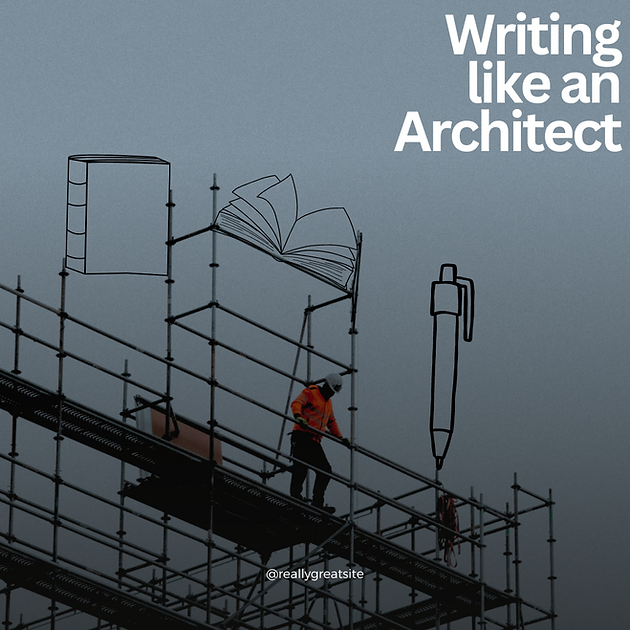
If you are in Step Six, Settling and Cleaning, it’s time to bring in a copyeditor to check over your spelling, grammar, punctuation, and so on. They’ll also catch any awkward phrasing or other small issues the content editor did not address.
Finally, at Step Seven, Polishing, it’s the proofreader’s time to shine. They’ll read over the book one last time, catching any dust bunnies or misplaced screwdrivers you may have missed on your cleaning process. After all, at this point, you’ve spent so long staring at the house, you may not even notice the little messes anymore—but their fresh eyes will.
Following the above guide, you’ll see that we always recommend an editor for Steps Five and later. Some authors might be able to hold off on hiring an editor until Step Five, but others may need (or want) help before that point. And every book is different—for one of my books, I didn’t send it to my editors until I finished all seven steps on my own, but for another, I was asking my editors to help on Step One. And I’m a professional editor!
When you need help, ask for it. Don't just keep going, or you might end up making far more work for yourself than you would have otherwise.
Also, keep in mind that this isn’t always a linear process. Sometimes, things just aren’t working and you need to start over. Sometimes, you decide you want a ceiling fan after Step Seven and need to go back to Step Three to add in the necessary electrical work. That’s okay. Add it in, then do Steps Four through Seven on the area you needed to pull apart to get it back in working order. Sure, this takes more effort and time, but it will be worth it when you step back and see your beautiful fan spinning away.
Generally, no one would expect one person to build a house perfectly, every step of the process. It’s okay, and highly recommended, to ask for help at whatever stage you need help for.
Oh, and…if you’ve ever built a house, you know just how long it takes. It’s actually about the same amount of time it takes to build a book! Some are done in just a few months, but those are the outliers. Usually, it takes a year or more. Sometimes, delays can have it taking multiple years. Sometimes it’s done in a year, but a few months later you realize you need to make changes or additions.
Just as you wouldn’t rush a house, don’t rush the writing of your book.
The best things take time, and cutting corners is never a good idea.
Happy Building!
~Christina
